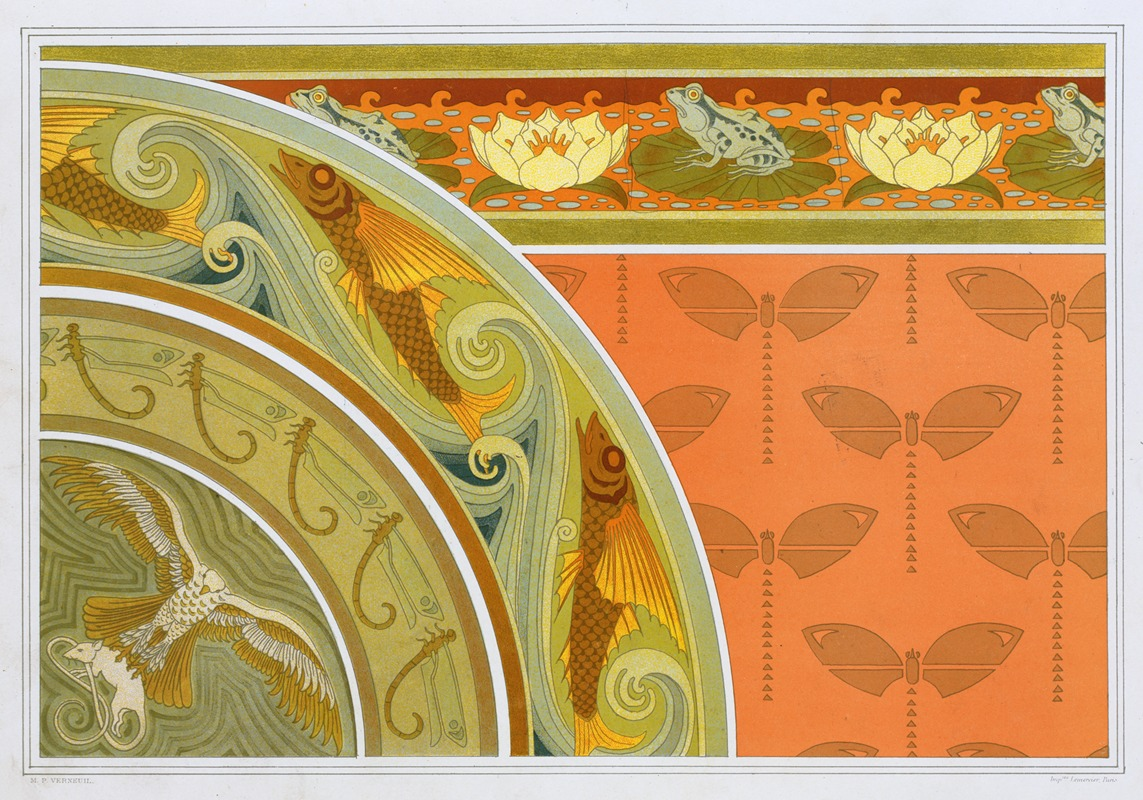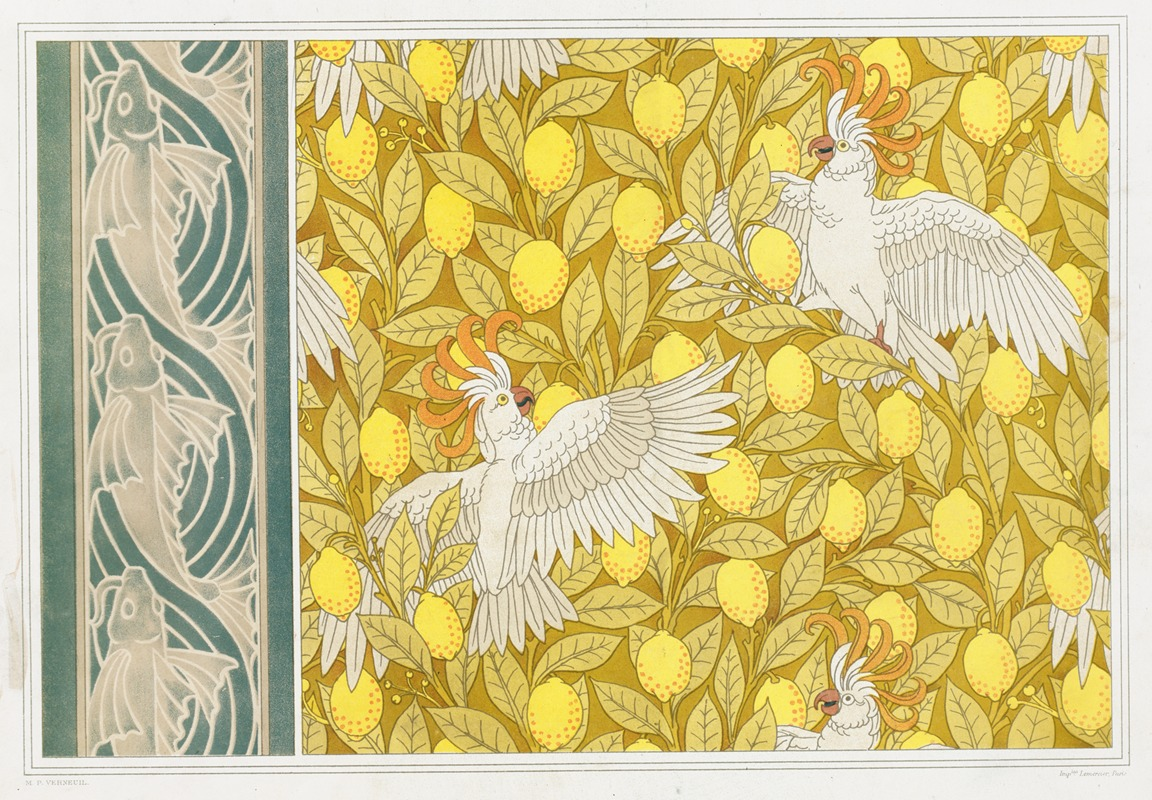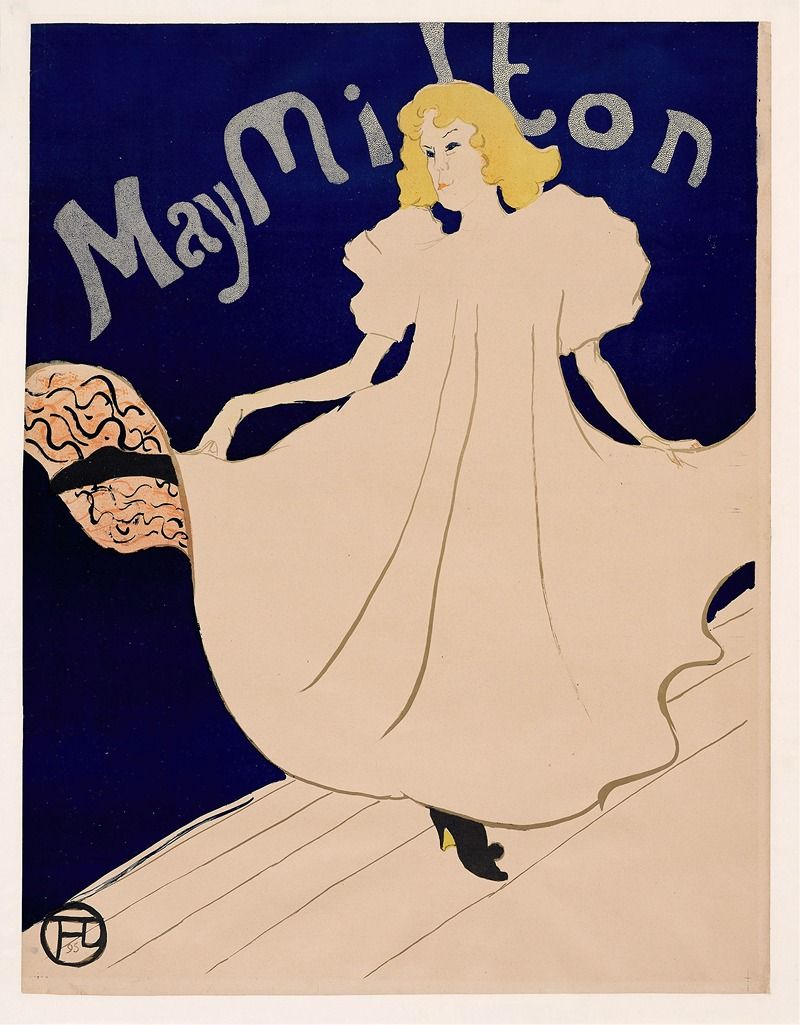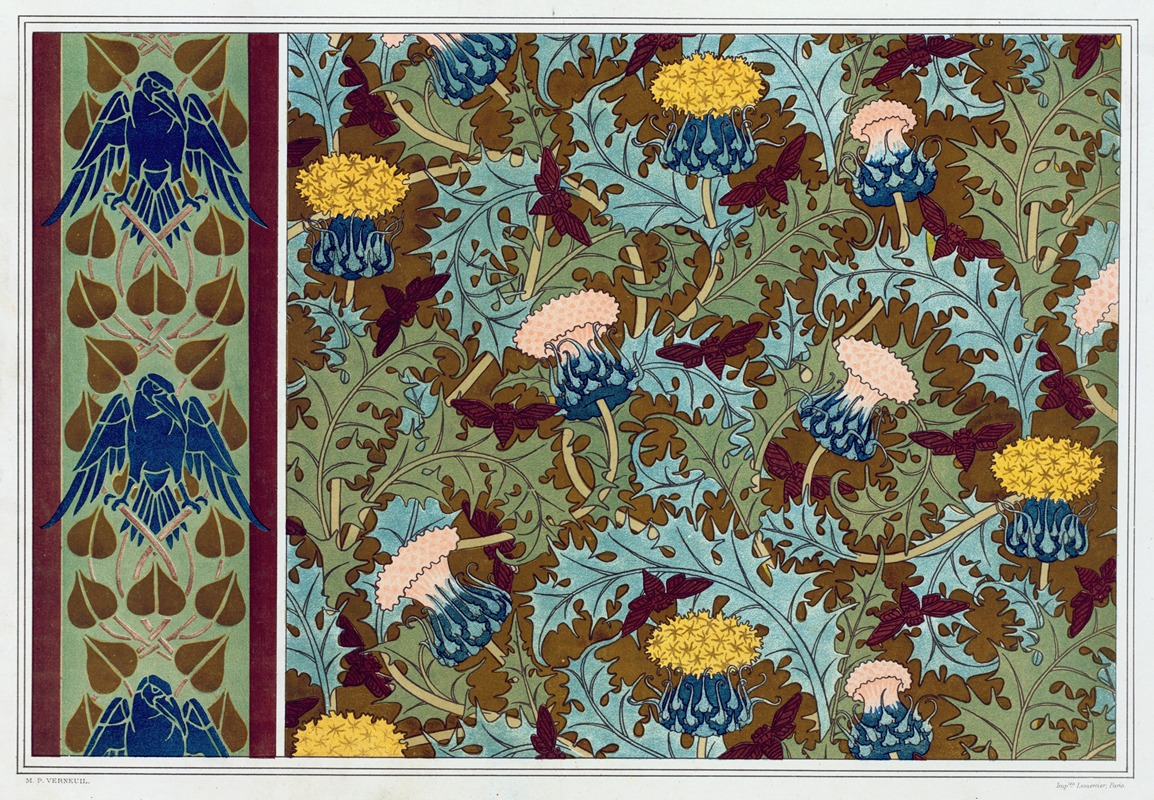

What is Pochoir Printing and How Does the Stencil Process Work?
Summary
Pochoir printing, a meticulous stencil-based technique, has a rich history in art, evolving from ancient origins to becoming a favored method during movements like Art Nouveau and Art Deco. Key figures such as Henri Toulouse-Lautrec and Sonia Delaunay contributed to its popularity. Pochoir finds diverse applications in book illustration, fashion design, and decorative arts. Contemporary artists and designers continue to innovate with pochoir, blending tradition with modern technology.
Reflection Questions
- How does the use of pochoir printing contribute to the unique visual qualities of artworks compared to other printing techniques?
- In what ways does the historical context of pochoir printing influence its contemporary applications and significance in the art world?
- Reflect on the technical challenges and limitations of pochoir printing discussed in the article. How might these challenges be addressed or overcome in the future?
Journal Prompt
Imagine you are a contemporary artist exploring pochoir printing for the first time. Describe your initial impressions of the technique, what aspects appeal to you the most, and how you envision incorporating it into your artistic practice. Additionally, reflect on the potential challenges you anticipate encountering and strategies you might employ to overcome them.
Pochoir printing, also known as stencil printing, is a meticulous and intricate printmaking technique that involves the use of stencils to create highly detailed and vibrant images. In fact, the French word “pochoir” translates to “stencil” in English. Throughout art history, pochoir prints have played a major part in book illustration, decorative arts, and avant-garde movements. Its ability to produce rich colors and precise details through multiple layers of printing a single image has made it a favored method among artists, designers, and craftsmen seeking to convey complex imagery with finesse and elegance. Learn all about this approach to printed designs on fabric, paper, and more below.
An Abridged History of Pochoir Printing


The origins of pochoir printing can be traced back to ancient civilizations where stenciling techniques were utilized for various purposes such as cave paintings, textile decoration, and manuscript illumination. However, the modern technique of pochoir printing began to take shape in the late 19th century, particularly in France, as advancements in color printing technology spurred experimentation with stencil-based methods to achieve vibrant and detailed images. This period saw the refinement of techniques and materials, laying the groundwork for the flourishing of pochoir printing in the following decades.
Evolution Throughout Different Artistic Movements


Pochoir printing evolved significantly throughout different artistic movements of the late 19th and early 20th centuries. It emerged as a favored technique during the Art Nouveau movement, characterized by its intricate organic forms and vibrant colors, perfectly suited to the precise and decorative nature of pochoir.
The technique continued to thrive during the Art Deco era, where its bold lines and geometric motifs complemented the sleek and modern aesthetic of the time. Pochoir printing remained influential through subsequent movements such as Cubism and Surrealism, adapting to the changing artistic landscape while retaining its distinctive characteristics.
Important Figures Who Played Major Parts in Sharing the Technique


Several key historical figures played pivotal roles in the development and popularization of pochoir printing. Artists such as Henri Toulouse-Lautrec, known for his iconic posters capturing the spirit of Parisian nightlife, utilized pochoir to achieve vibrant colors and sharp contrasts in his compositions.
Illustrated books, such as the groundbreaking “Les Chants de Maldoror” illustrated by Odilon Redon, feature pochoir prints that bring the surreal and fantastical imagery of the text to life with unparalleled clarity and intensity.
Fuel your creative fire & be a part of a supportive community that values how you love to live.
subscribe to our newsletter
Designers like Sonia Delaunay embraced pochoir as a means of expressing their innovative ideas in fashion and textile design, pushing the boundaries of the medium with their bold patterns and dynamic color schemes. Additionally, publishers, sellers, and craftsmen contributed to the dissemination of pochoir prints through illustrated books, luxury publications, and decorative arts, cementing its status as a respected and sought-after art form.
How Pochoir Printing Works


Pochoir printing requires specific materials and tools to achieve its intricate and vibrant results. These typically include fine-quality paper or fabric suitable for printing, as well as stencils made from durable materials such as plastic Mylar, acetate, or even thin metal sheets like copper.
A fine brush or pad is essential for applying paint or ink through the stencils, while masking tape or adhesive is used to secure the stencils in place during the printing process. Additionally, a palette for mixing colors and a smooth surface for printing are required to ensure precision and consistency in the final print.
Taking a Closer Look at the Pochoir Process
Firstly, the desired image or design is transferred onto the stencil material, either by hand-drawing or by using techniques such as photography or digital imaging. Next, the stencil is carefully cut or prepared, ensuring clean and precise edges to facilitate the application of paint or ink. Once the stencil is ready, it is aligned and secured onto the printing surface using masking tape or adhesive.
Then, using fine brushes or pads, each color is applied through the stencil openings in layers, allowing for intricate details and vibrant hues to emerge gradually. Finally, once all colors have been applied and allowed to dry, the stencil is carefully removed to reveal the completed pochoir print. Watch one of these videos about creating pochoir prints for more info.
Final Thoughts on the Printing Technique


While rooted in tradition, pochoir printing continues to inspire contemporary artists and designers, leading to innovative applications and reinterpretations of the technique. In the realm of fine art, artists explore pochoir as a means of creating highly detailed and expressive works that blend traditional craftsmanship with modern sensibilities, pushing the boundaries of the medium in terms of scale, subject matter, and experimentation with new materials.
Similarly, designers and artisans continue to explore the potential of pochoir in fields such as textile design, graphic design, and product packaging, infusing their creations with a sense of authenticity and craftsmanship that resonates with discerning audiences. Moreover, advancements in digital technology have opened up new possibilities for pochoir printing, allowing for greater precision, efficiency, and creative freedom in the realization of artistic visions, while also facilitating collaborations across disciplines and industries.
The search for new ways to use pochoir is unending!
Design Dash
Join us in designing a life you love.
-
All About Our 7-Day Focus & Flex Challenge
Sign up before August 14th to join us for the Focus & Flex Challenge!
-
Unique Baby Names Inspired by Incredible Women from History
Inspired by historic queens, warriors, artists, and scientists, one of these unusual baby names might be right for your daughter!
-
Finding a New 9 to 5: How to Put Freelance Work on a Resume
From listing relevant skills to explaining your employment gap, here’s how to put freelance jobs on your resume.
-
What is Generation-Skipping, and How Might it Affect Sandwich Generation Parents?
The emotional pain and financial strain of generation skipping can be devastating for Sandwich Generation parents.
-
Four Material Libraries Dedicated to Sustainability, Preservation, and Education
From sustainable building materials (MaterialDriven) to rare pigments (Harvard), each materials library serves a specific purpose.
-
Do You Actually Need a Beauty Fridge for Your Skincare Products? (Yes and No.)
Let’s take a look at what dermatologists and formulators have to say about whether your makeup and skincare belong in a beauty fridge.








